“Public cloud services, such as Amazon Web Services (AWS), Microsoft Azure, Google Cloud and IBM Cloud, are innovation juggernauts that offer highly operating-cost-competitive alternatives to traditional, on-premises hosting environments.”
– Research firm Gartner
With Cloud Computing at its prime, various cloud service providers are contesting to claim their supremacy in the Cloud market. Cloud storage companies touch the lives of millions; often making the world a better place. However, AWS and Azure have been persistent and taken the top honors for a while now. One of the most asked questions by people exploring the Cloud Market is “Which is better AWS or Azure?” or “Why is AWS better?” or “Why AWS Cloud?” But Choosing between Azure and AWS is more of a business decision and depends on the requirements of the organization. In this article, we will be getting into a detailed Amazon Web Services Vs Azure comparison by discussing the major difference between Aws and Azure, the two Cloud Computing giants.
Contents
Azure Vs AWS Cloud Service Providers:
The two technologies are quite different and provide different challenges to different use cases and technologies. A direct, side-by-side comparison is really effective and the reason is that a lot of the fabric is made of Microsoft components – like it’s server OS and how that is tweaked. Then there’s load balancing, DNS and other infrastructure that will lead to other questions.
We would use the following pointers to compare these service providers:
- General Features
- Pricing
- Hybrid Cloud Capabilities
- Storage
- Compute
- Networking
- Market Share
- Management Tools
- Certification
- Pros and Cons
So now let’s begin with the comparison and see for ourselves which one is better Azure or AWS.
1. Azure vs AWS General Features:
Amazon Web Services mainly started out as a pure cloud play, which was used mainly by smaller firms and developers, focused on (among other things) Linux and a variety of databases. However, if you are heavily invested in the Microsoft way, from Windows to Active Directory to SQL Server and Visual Studio, then Azure is a better choice for you. Furthermore, Microsoft – unlike AWS – has deep roots in the enterprise. It understands business customers.
| Cloud Services in AWS | Cloud Services in Azure
|
| On-demand cloud computing platform for Amazon | Public cloud platform for Microsoft
|
| Friendly with the open source model from the beginning. | Not so good relationship with the open source community. |
| Has an edge over Azure in terms of government cloud offerings. | Limited reach when it comes to government cloud offerings. |
| Flexible Pricing Model | Comparatively less flexible pricing model when compared to AWS. |
| AWS is yet strengthening its offerings to support Hybrid clouds. | Excels in Hybrid Cloud Space-Organizations can integrate onsite servers with Cloud instances. |
| AWS has a software marketplace with extensive partner ecosystem -Windows and Linux | With limited Linux options, Azure is still building its partner ecosystem. |
| EBS storage is super fast for big data. | Standard storage has difficulties for big data and hence premium storage is required. |
| More mature cloud environment for big data. | Less mature for big data but Azure’s services are improving. |
| Machines can be accessed individually. | Machines are grouped into cloud service and respond to the same domain name but different ports. |
| Elastic Compute Cloud (EC2); pay by the hour. | Azure Infrastructure Services , pay by the minute. |
| S3 – Short-term archiving and retrieval.
Long term data archiving and retrieval through Amazon Glacier. |
Blobs, Queues and Tables- Similar to S3.
No long term data archiving and retrieval option yet. |
| Security is provided through user-defined roles with exceptional permission controls. | Provides security by enabling permissions on the whole account. |
2. Azure vs AWS Pricing:
Broadly, the pricing model for cloud services can range from a purely subscription-based model, where services are charged based on a cloud catalog and users are billed per month, per mailbox, or app license ordered accordingly. In this instance, subscribers are billed for all the resources to which they are subscribed, irrespective of whether they are being used or not.
The other option is pay-as-you-go. This is where subscribers begin with a billing amount set at 0, which then grows with the services and resources they use.
AWS provides a pay-as-you-go model and charges per hour while Azure’s pricing model is also pay-as-you-go but they charge per minute. AWS can also help you save more with increased usage: the more you use, the less you pay. AWS instances can be purchased based on one of the following models –
- Reserved Instances – Paying an upfront cost based on the use, one can reserve an instance for 1 to 3 years.
- On-demand Instances -Just pay for what you use without paying any upfront cost.
- Spot Instances- Bid for extra capacity based on the availability.
Azure offers short term commitments to its users allowing them to choose between pre-paid or monthly charges. Azure is a little less flexible than AWS when it comes to the pricing model.
3. Azure vs AWS Hybrid Cloud Capabilities:
AWS and its VMware partnership has helped it to create a foothold on-premises. It is clear that AWS’ goal isn’t to catch up to Microsoft but to jump ahead of it. To do this, AWS continues to target improved integration between cloud-hosted and on-premises application components.
Amazon also has its own workflow tools which are based on notification and message queues, such as Simple Notification Service and Simple Queue Service. Enterprises can use all of these tools with AWS applications and integrate them with whatever software or process they use — such as a message queue — to connect their cloud and data center environments.
Additionally, AWS Lambda can extend to on-premises — via Greengrass — and Step Functions provides orchestration for serverless components, including those in the cloud and in local data centers. In short, AWS continues to offer enterprises ways to bridge cloud services with their on-premises environments.
Microsoft’s hybrid strategy centers on Azure Stack, a platform that extends Azure functionality to on-premises data centers and can run almost everything that runs in Microsoft’s public cloud. Azure Stack already includes support for serverless computing as well.
To add to this base layer, Microsoft offers workflow and orchestration management tools. The most basic one is Azure Service Bus, which provides application integration capabilities, including for hybrid cloud apps. Microsoft augments this with its API management tool to simplify service distribution and migration in hybrid cloud strategies. This combination is already popular with enterprises, which gives the provider a near-term advantage.
To make sure it doesn’t lose that advantage, Microsoft also added two more services to support hybrid event processing; one is related to event management and distribution and the other to orchestration:
- Azure Event Grid: As the event-driven equivalent of Service Bus, this tool distributes events to processes, including serverless functions.
- Azure Logic Apps: This tool orchestrates events into sequences of processes. It creates stateful apps out of stateless behaviors and has connectors that let almost anything Microsoft provides — as well as many third-party applications — trigger events or receive event triggers.
4. Azure vs AWS Storage: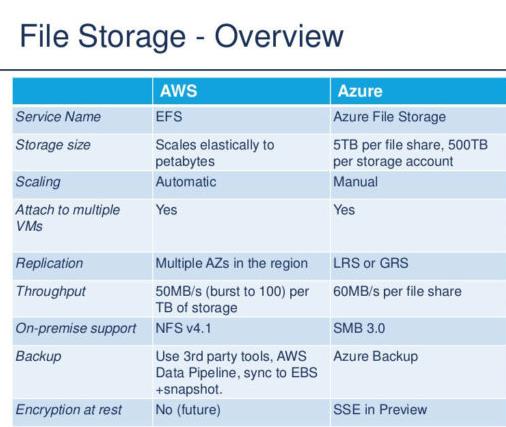
AWS Storage:
- SSS to EFS: AWS offers a long list of storage services that include its Simple Storage Service (S3) for object storage, Elastic Block Storage (EBS) for persistent block storage for use with EC2, and Elastic File System (EFS) for file storage. Some of its more innovative storage products include the Storage Gateway, which enables a hybrid storage environment, and Snowball, which is a physical hardware device that organizations can use to transfer petabytes of data in situations where Internet transfer isn’t practical.
- Database and archiving On the database side, Amazon has a SQL-compatible database called Aurora, Relational Database Service (RDS), DynamoDB NoSQL database, ElastiCache in-memory data store, Redshift data warehouse, Neptune graph database and a Database Migration Service. Amazon offers Glacier, which is designed for long-term archival storage at very low rates. In addition, its Storage Gateway can be used to easily set up backup and archive processes.
Azure Storage:
- Storage Services: Microsoft Azure’s basic storage services include Blob Storage for REST-based object storage of unstructured data, Queue Storage for large-volume workloads, File Storage and Disk Storage. It also has a Data Lake Store, which is useful for big data applications.
- Extensive Database: Azure’s database options are particularly extensive. It has three SQL-based options: SQL Database, Database for MySQL and Database for PostgreSQL. It also has a Data Warehouse service, as well as Cosmos DB and Table Storage for NoSQL. Redis Cache is its in-memory service and the Server Stretch Database is its hybrid storage service designed specifically for organizations that use Microsoft SQL Server in their own data centers. Unlike AWS, Microsoft does offer an actual Backup service, as well as Site Recovery service and Archive Storage.
5. Azure vs AWS Compute:
To calculate, process, and compute – that is the fundamental role of a computer. The right cloud service provider can help scale to 1000’s of processing node in just couple of minutes. For organizations that need faster data analysis or graphics rendering, there are two choices available – buy additional hardware or shift to the cloud. This is what is the goal of public cloud services.
For AWS compute, the primary solution is its EC2 instances which provide scalable computing on-demand and can be customized for different options’ also provides other related services like the EC2 container service, AWS Lambda, Autoscaling, and Elastic Beanstalk for app deployment. Azure’s compute offerings are based on VMs with multiple other tools such as Cloud Services and Resource Manager which help deploy applications on the cloud.
AWS still offers the largest range of services, close to 100 across compute, storage, database, analytics, networking, mobile, developer tools, management tools, IoT, security and enterprise applications.
Service |
AWS Compute |
Azure Compute |
| Deploy, Manage, and Maintain Virtual Servers | EC2 (Elastic Compute Cloud) | Virtual Machines and Virtual Machine Scale Sets |
| Docker Container Registry | ECR (EC2 Container Registry) | Container Registry |
| Scale Instances Automatically | Auto Scaling | Virtual Machine Scale Sets
Auto Scaling App Service Scale Capability (PAAS) |
| Platform-as-a-service | Elastic Beanstalk | Cloud Services |
| Integrating systems and running backend logic processes | AWS Lambda | Event Grid
Web Jobs Functions |
6. Azure vs AWS Networking:
Every cloud service provider offers multiple networks and partners that interconnect the data centers across the globe through diverse products. AWS provides Virtual Private Cloud (VPC) for users to create isolated networks within the cloud. A user can create route tables, private IP address ranges, subnets, and network gateways within a VPC. Similarly, Azure offers Virtual Network (VNET) for users to create isolated networks. Both AWS and Azure provide firewall option and solutions to extend on-premise data center into the cloud.
| Service Name | AWS | Azure |
| Isolated private cloud | Virtual Private Cloud (VPC) | Virtual Network (VNET) |
| Global Content Delivery Networks | CloudFront | Content Delivery Network (CDN) |
| Manage DNS Names and records | Route 53 | Traffic Manager
Azure DNS |
| Dedicated Private Network Connection | DirectConnect | ExpressRoute |
Amazon Web Services (AWS) remained the dominant cloud service provider in Q4 2018, its share of customer spend unchanged at 32%. However, Microsoft Azure grew its share to 16% against 14% in the same period a year ago. Google Cloud hit 9% for the first time, while Alibaba Cloud maintained its 4% share.
8. Azure vs AWS Management Tools:
You may have already experienced, managing and orchestrating cloud resources across multiple business units and complex infrastructures can be a daunting challenge. All three CSPs offer platforms and services to streamline and provide visibility into the organization, configuration, provisioning, deployment, and monitoring of cloud resources. These offerings range from predefined deployment templates and catalogs of approved services to centralized access control. However, AWS and Azure seem to have invested more heavily in this area than GCP, and AWS even offers outsourced managed services (AWS Managed Services).
9. AWS Vs Azure Certification:
AWS Certification: As we all know Azure is rapidly gaining market share but AWS is still by far the largest cloud computing service provider in the world today. An AWS certification carries extra weight mainly because the number of companies utilizing the platform. In addition. AWS certification also grants access to the AWS Certified LinkedIn Community and other AWS certified professionals.
Azure Certification: Backed by the Microsoft brand an Azure certification offers you an added benefit to candidates with knowledge of the in-house data platforms. Azure is used by over 55 percent of all Fortune 500 companies and having an Azure certification increases the possibility of candidates finding a job in one of these companies.
10. AWS Vs Azure: Pros and Cons:
Amazon’s global coverage and vast toolset can be said as its biggest strength, with the largest number of data centers and the largest number of services.
The basic tools are contained in AWS Developer Tools, is a set of four services for building AWS-hosted or on-premises apps. They are:
- AWS CodeCommit, to store code in a private Git repository
- AWS CodePipeline, for continuous integration (CI) and continuous delivery (CD)
- AWS CodeBuild, to build and test the code
- AWS CodeDeploy, to automate code deployments
However, the chief advantage Azure has over AWS is its Microsoft legacy, which is part of a larger legacy strength in the enterprise. Microsoft makes it very easy to migrate on-premises Windows apps and data to Azure, often with just migration wizards
All the credit goes to Microsoft’s developer legacy that Azure has multiple app deployment options for developers:
• App Services, a fully managed Platform as a Service
• Cloud Services for deploying Web apps and APIs
• Service Fabric for building microservices
• Kubernetes Service for deploying container services
• Functions, an architecture for serverless and IAC
• Batch job scheduling
Conclusion:
We have tried to shower some light on AWS vs Azure debate in this article so as to see for ourselves ‘who is the winner’. However, in today’s multi-cloud world, you shouldn’t be seeking to identify a single “winner,” but rather how to optimally distribute workloads across multiple CSPs There is no clear winner in this battle of cloud service providers as organizations have the fortune of choosing the most attractive features from each of these cloud service providers to enable a multi-cloud strategy. Deciding which cloud provider is right for you all comes down to your needs. Perhaps the best way to figure out which one you prefer is to start a free trial with both providers to experience what each platform is like hands-on.
I hope I was able to shed some light on this debate and it proves to be of help for you guys.


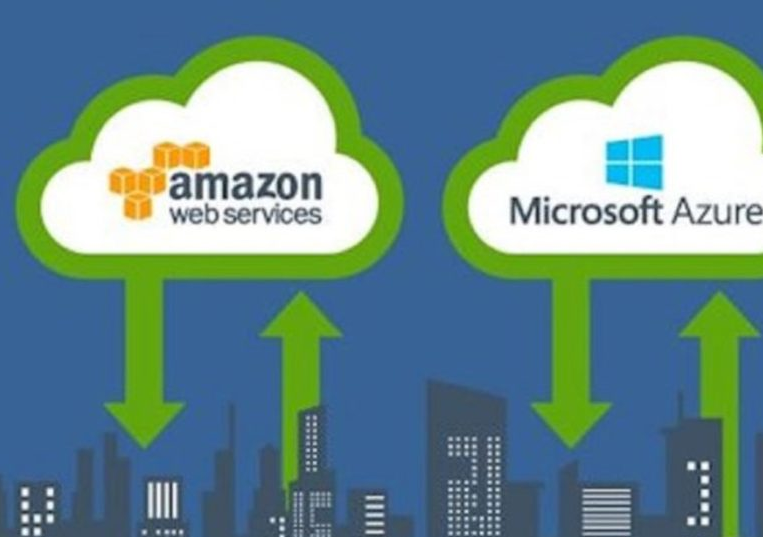
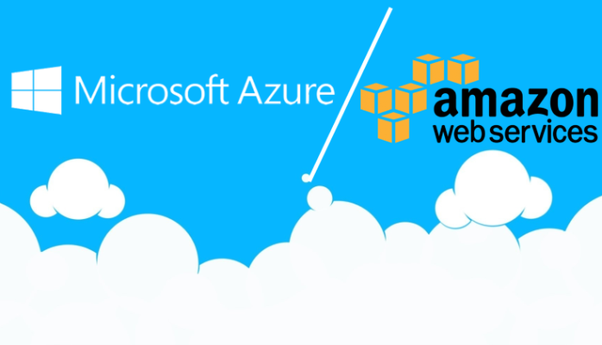
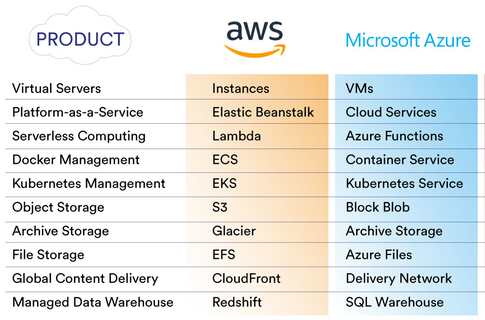
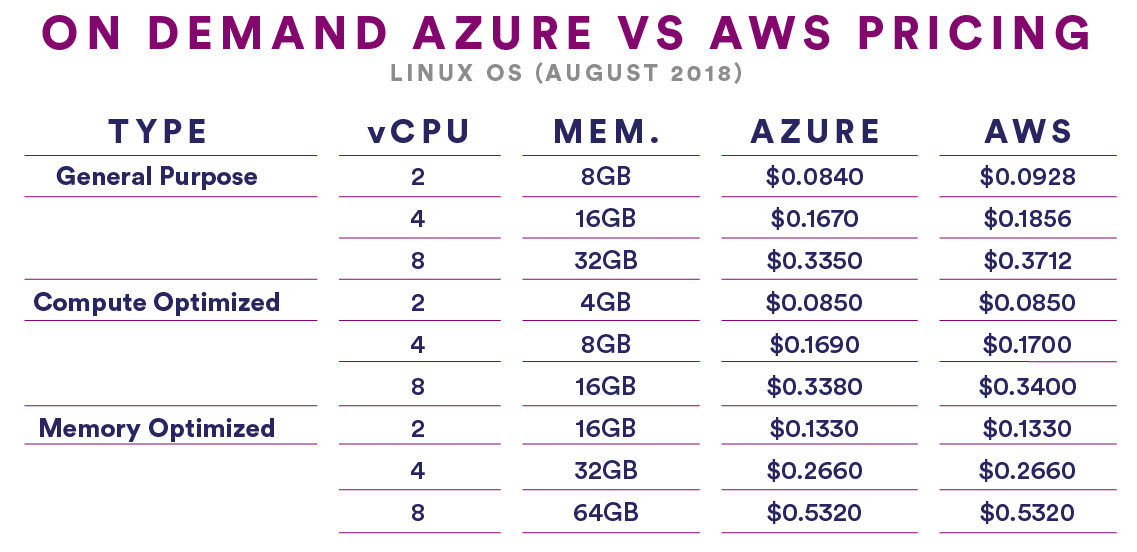
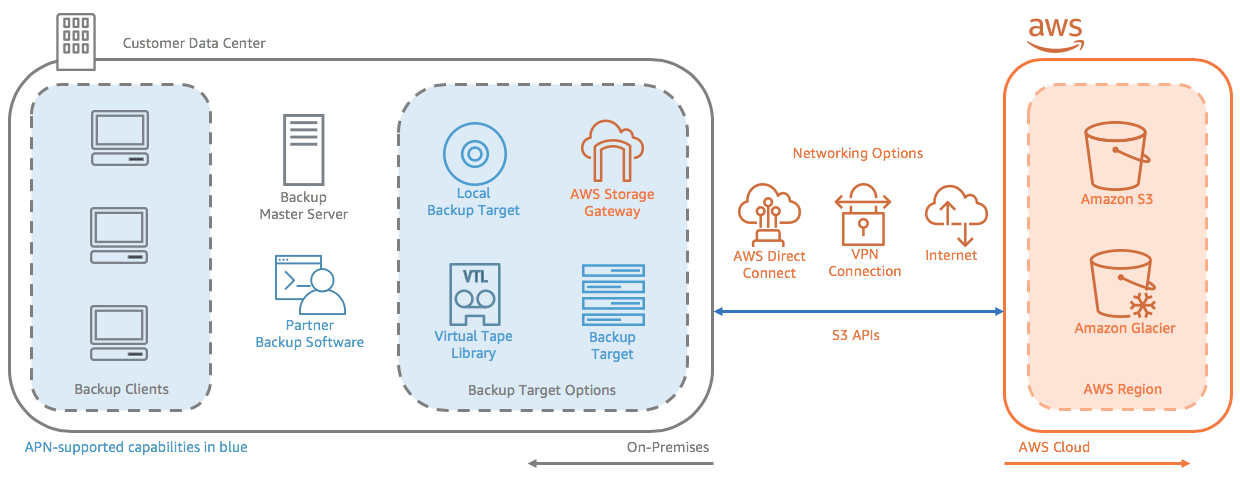

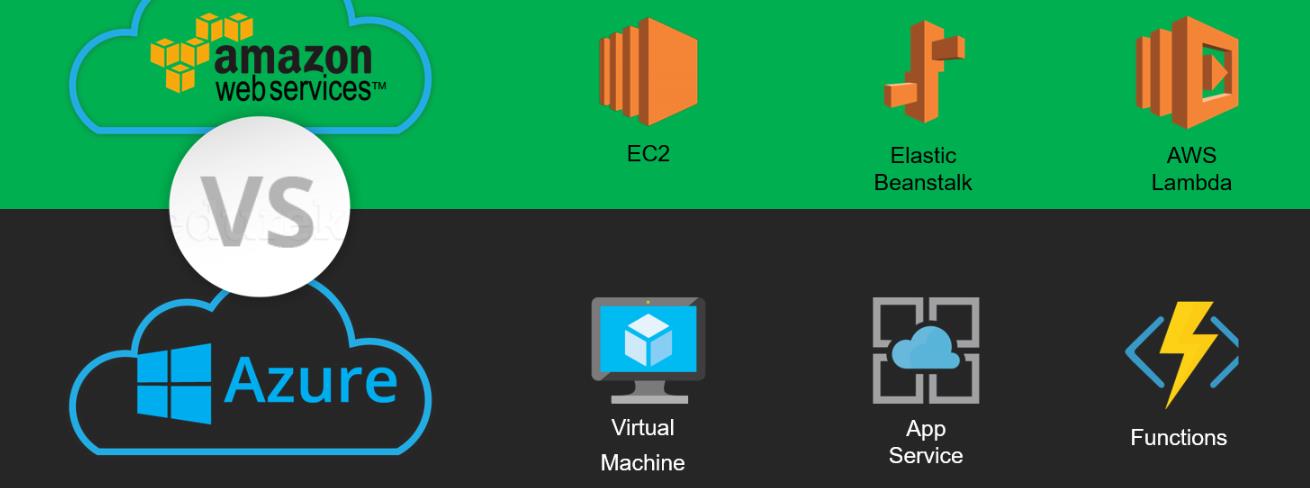
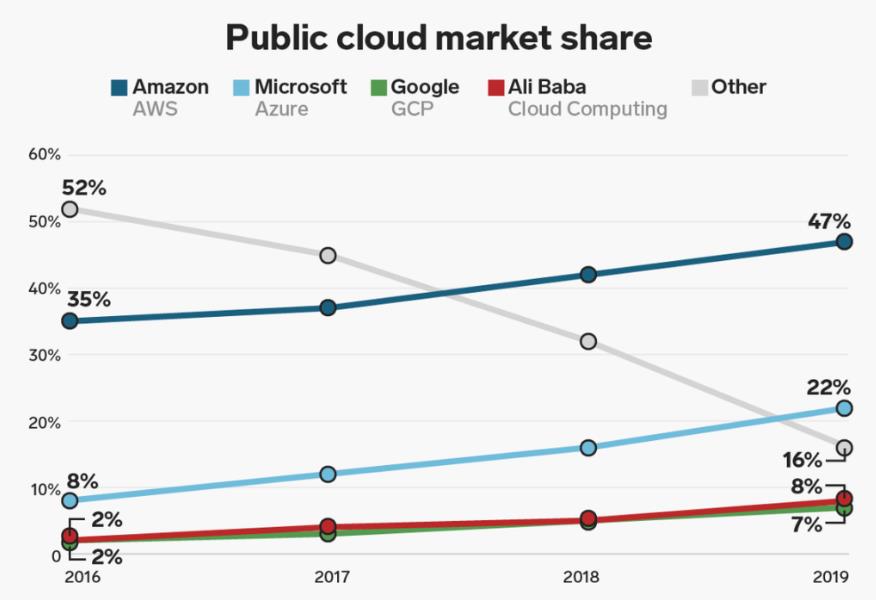
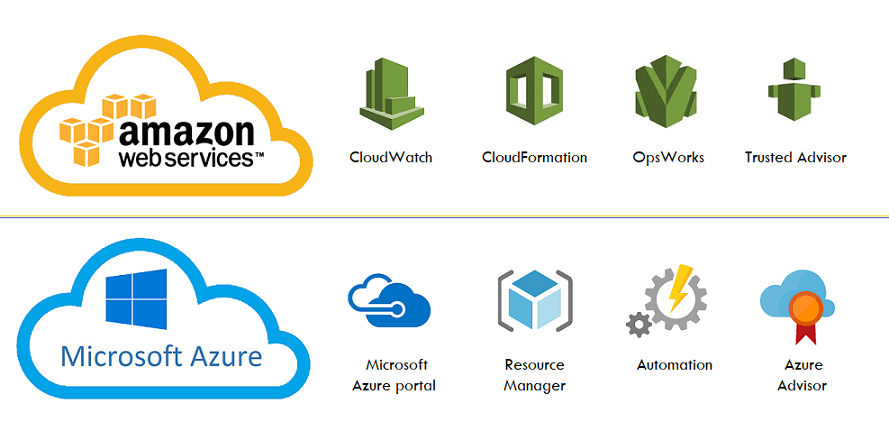
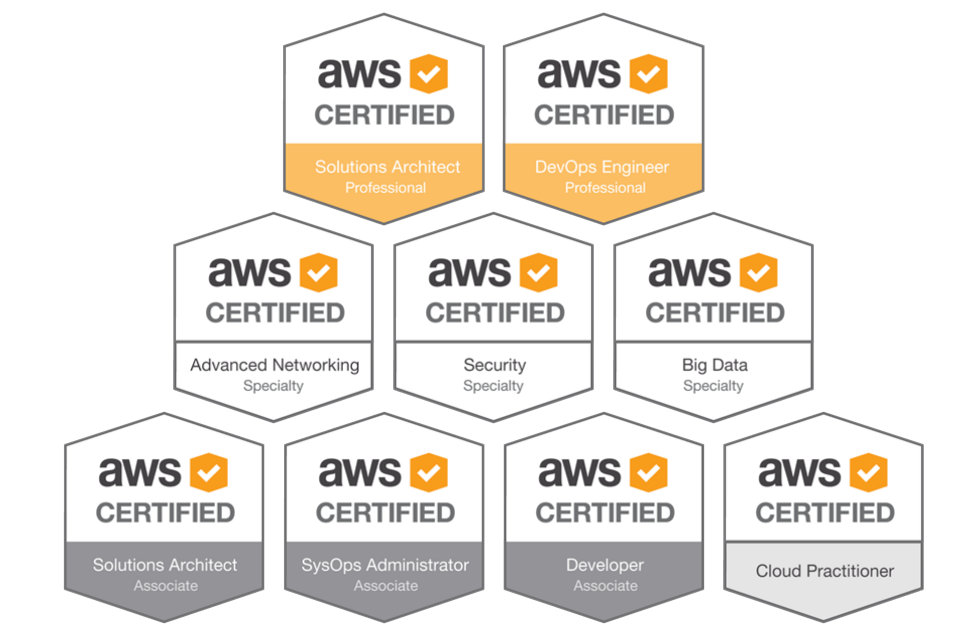
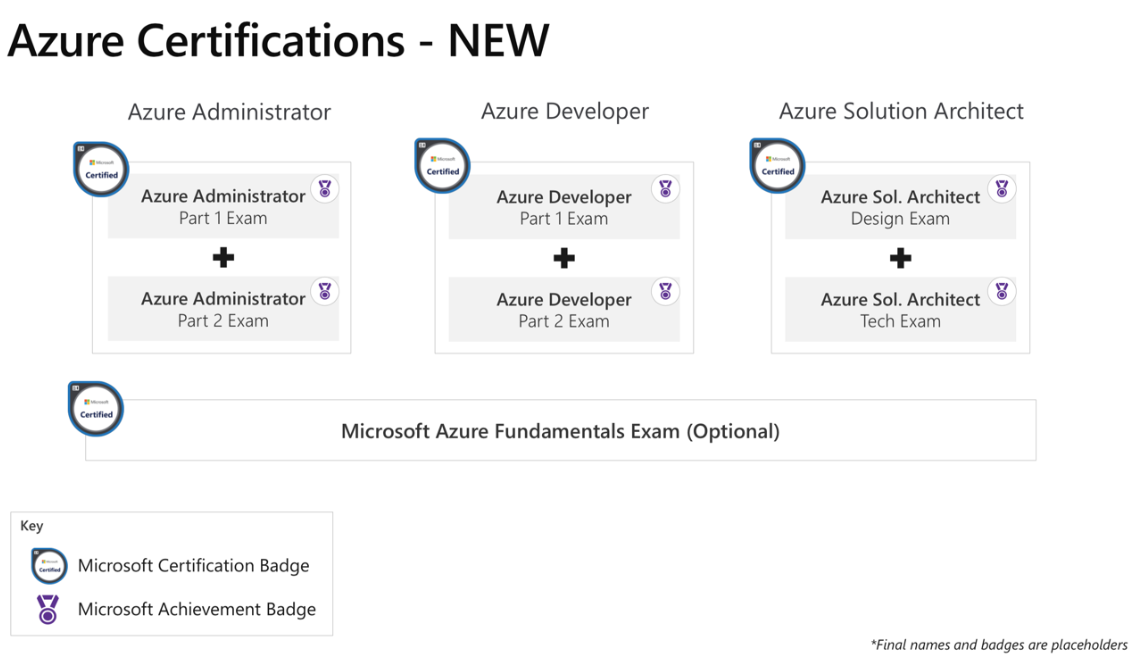
First of all, many thanks for the information, and your perception.
I could appreciate this blog and specifically this article.
At this point, I feel I spend far too much time on the net, scanning junk, mainly.
This was a refreshing differ from that experience.
Yet, I feel that browsing other people’s thoughts is a valuable investment of at least a few
of my weekly allotment of time in my schedule.
It’s the same as sifting throughout the junk heap to discover the treasure.
Or perhaps, whatever analogy will work for you.
Still, sitting in front of the pc is probably as
bad for you as smoking cigarettes and deep-fried potato chips.
Need to find powerful online promotion that delivers real results? Sorry to bug you on your contact form but actually that was kinda the point. We can send your ad text to sites through their contact forms just like you’re getting this ad right now. You can target by keyword or just fire off bulk blasts to websites in the location of your choice. So let’s say you want to blast an ad to all the interior decorators in the USA, we’ll grab websites for just those and post your ad message to them. Providing you’re promoting a product or service that’s relevant to that niche then you’ll receive awesome results!
Shoot an email to [email protected] for the full details